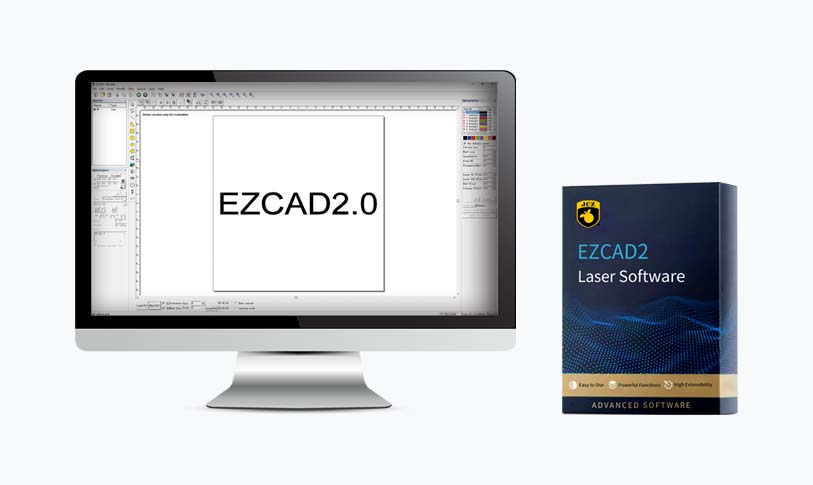In recent years, the maker movement has gained significant traction, inspiring creativity and innovation across numerous fields. At the heart of this movement lies the powerful fusion of accessible technology and open-source software, particularly in the realm of laser cutting. This article delves into the most popular open-source laser cutter software available today, explaining how these tools empower makers, hobbyists, and professionals to bring their ideas to life with precision and ease.
Laser cutting has revolutionized the way we fabricate and design objects. By using focused beams of light, laser cutters can slice through materials like wood, acrylic, fabric, and even metal with extreme accuracy, making them essential tools for artists, engineers, educators, and hobbyists alike. However, the key to unleashing the full potential of a laser cutter lies in the software that operates it. While many commercial laser cutter software options exist, open-source alternatives are increasingly popular due to their flexibility, cost-effectiveness, and community-driven support.

Exploring the Best Open Source Laser Cutter Software: Empowering Makers and Designers for Custom Fabrication Projects
One of the most notable open-source laser cutter software options is **LaserWeb**, an intuitive platform designed for controlling laser cutters and engravers. Compatible with a variety of hardware, LaserWeb provides a web-based interface, allowing users to easily create and manipulate designs while managing the laser cutting process. The software supports G-code generation, which is crucial for the operation of CNC machines. With its modular architecture, LaserWeb can be tailored to fit specific needs, making it an appealing choice for both beginners and advanced users.
Another prolific option is **Inkscape**, a free vector graphics software that is favored by many designers. While Inkscape itself is not exclusively for laser cutting, it features a range of extensions that enable users to prepare their designs for laser cutting with ease. For instance, the “Gcodetools” extension allows designers to convert their vector graphics into G-code, ready for laser cutting. Inkscape’s user-friendly interface, combined with extensive online resources and community support, makes it an ideal tool for those interested in both design and fabrication.

Exploring the Best Open Source Laser Cutter Software: Empowering Makers and Designers for Custom Fabrication Projects
**LibreCAD** is another open-source software that deserves a mention. Primarily focused on 2D CAD design, LibreCAD allows users to create precise technical drawings that can be used for laser cutting. It is particularly useful for engineers and architects who need to produce detailed designs. As an open-source solution, LibreCAD benefits from continuous improvements and updates driven by its community, ensuring that users have access to up-to-date features and capabilities.
For users interested in 3D modeling, **FreeCAD** is a robust option that integrates well with laser cutting applications. This open-source parametric 3D CAD modeler allows users to design complex geometries that can be exported to be cut or engraved. While initially aimed at creating 3D models, FreeCAD has capabilities that support the development of 2D sketches needed for laser cutting projects. Its customizable workflow makes it valuable for a wide range of users, from hobbyists to professional designers.
When discussing open-source laser cutter software, it’s essential to mention **GRBL**, a widely adopted open-source firmware that can drive laser cutters and CNC machines. GRBL converts G-code commands into motion limits for the motors, enabling precise control of cutting equipment. It is lightweight and efficient, making it suitable for various microcontroller platforms like Arduino. Coupled with compatible software like LaserWeb or Universal Gcode Sender, GRBL closes the loop by providing a complete solution for CNC laser cutting.
The advantages of utilizing open-source laser cutter software extend beyond cost savings. One of the most significant benefits is the strong sense of community that surrounds these tools. Users can exchange ideas, share tips and tricks, report bugs, and contribute to ongoing development. This collaborative environment encourages innovation and learning, making the software accessible to individuals who may not have formal programming or engineering knowledge.

Exploring the Best Open Source Laser Cutter Software: Empowering Makers and Designers for Custom Fabrication Projects
Moreover, the flexibility that open-source software offers cannot be overstated. Users are free to modify and enhance existing tools to suit their specific needs, which is particularly valuable in niche applications or experimental projects. This adaptability fosters a culture of experimentation, allowing designers to push the boundaries of their creativity.
In conclusion, open-source laser cutter software is an empowering resource for makers and designers across the globe. With tools like LaserWeb, Inkscape, LibreCAD, FreeCAD, and GRBL, individuals can harness the power of laser cutting technology without the financial burden of proprietary solutions. As the maker movement continues to thrive, these open-source options will undoubtedly play a pivotal role in democratizing access to advanced fabrication tools, fostering innovation, and enabling creative exploration for years to come.optical fiber laser marking machine


